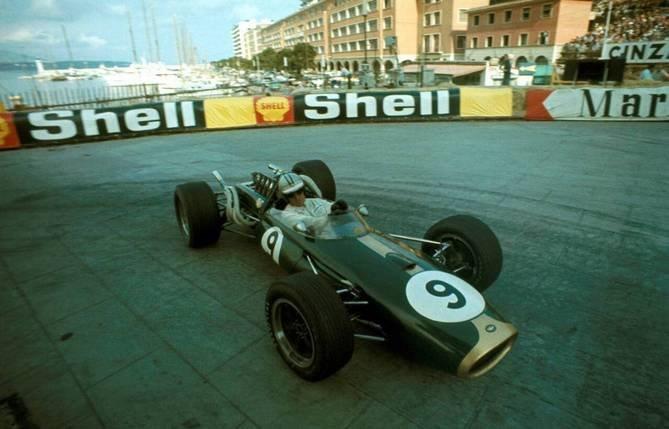It’s not every day that a customer’s new car is handed over by a racing driver, but for lifeguard Ryan Sykes that’s how he received his brand-new MG3 when British Touring Car Championship (BTCC) star Jack Goff handed over the keys to the enthusiastic teenager, fresh from his maiden BTCC victory in Snetterton.
Ryan is the son of the owner of Norfolk-based company 5 Star Cases, one of Jack’s sponsors, and from the start of the partnership between MG and Jack, Ryan has been hoping to own an MG of his very own.

“My dad started working with Jack in 2013, but it wasn’t until Jack started racing for MG Triple Eight that I started looking at MGs and saw what they had to offer,” says Ryan. “I thought the MG3 was great, so when my old car packed up I knew I wanted one. I got the chance to personalize my car and make it how I wanted it to look, which was pretty cool. I’m glad I did though, because my sister wants one now!”
The MG3, alongside the MG6, is designed and engineered at the MG site in Longbridge, Birmingham, where final assembly also takes place. The MG3 is a new-generation supermini, which brings fun and style to this sector of the market at very affordable prices. The 1.5-litre petrol-powered car can also be personalized, so owners have the option of giving their car their own style statement.
MG was voted the fourth-best manufacturer in the UK in the Auto Express Driver Power Awards in 2015, and they’re the fastest-growing brand in Britain in 2014 as shown by official figures issued by the Society of Motor Manufacturers and Traders.
No sign, as yet, of an official MG distributor in New Zealand.


